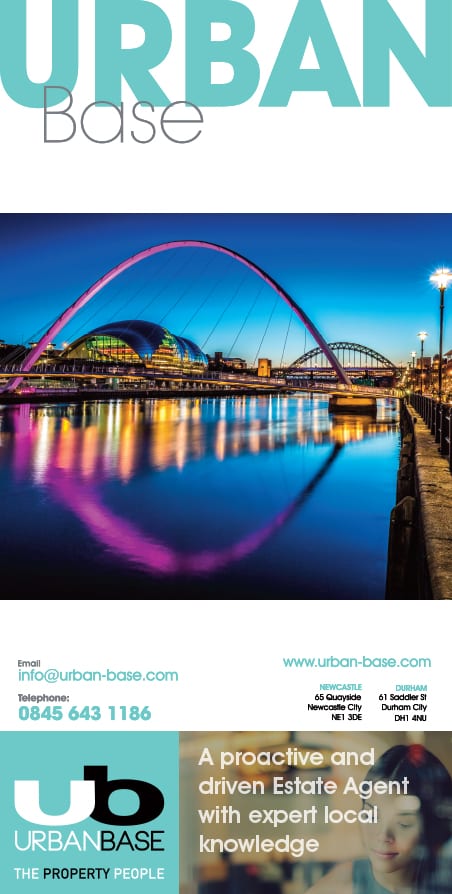Architect, Neil Turner, looks at proposed changes to the planning system.
Following Boris’ call to ‘build, build, build ‘, the government announced a shake-up of the planning system at the beginning of August. This was followed by the housing minister, Robert Jenrick, outlining proposals for a new zonal planning system which would see hospitals, offices and schools granted automatic permission across areas of the country, with the promise of new jobs in construction and design cited by the minister.
Under the proposed changes, councils would be able to designate three zones, – ‘growth’, ‘renewal’ and ‘protection’. The plans are due out for consultation this summer and include ideas such as new development corporations taking over planning from local authorities. I think we have seen this before but nonetheless the new corporations can buy land, grant permissions, and sell it on, all for the benefit of the public purse.
What is of real interest is the proposed simplification of the current planning system. Since 1945, the planning system has grown ever more complex with even the simplest scheme now requiring multiple reports to satisfy the local authority. Under the proposed system, a council would check applications were in line with local development plans. All designs would be checked against design codes which would be incorporated into the local plans.
Therefore, faster permissions are promised, especially in designated ‘growth’ zones once a design is in line with a local development plan. Other zones include ‘renewal’ (brown field sites in urban areas) and ‘protection’ (green belt land and areas of outstanding beauty). I am interested to see how this is to be defined. Over the years a number of design codes have come and gone because they can never be more than a guide. Who is going to police this standard?
It’s my long-held view that good design is specific to a place, a view, and a skill to interpret this information into a specific building design. Producing design guides may assist the public on illustrations of quality but I remain suspicious that they can become a lazy way of defining design quality. The government wants to speed up development control to aid the economy and I agree, the system has morphed out of control. An industry of planning consultants has grown and are now required to talk the language to planners for applications.
Recently I have submitted applications for medical centres, town houses, an individual house, and a Church and the one thing they had in common was a ridiculous amount of reports, irrespective of the size or complexity of the applications. These reports cost money, time and effort from both the client and architect. On one application I had a report for virtually every letter in the alphabet! So, I applaud the minister for saying we should simplify the system, but I have heard it before.
Dividing a map into areas to create three types of zones is not going to be done overnight. Councils have been working on local plans, in some cases, for many years. Development corporations can work well with the right energetic and knowledgeable leaders and I would encourage this approach in the North East.
My simple approach is cut the red tape, reduce the madness for reports on everything into a simplified planning assessment based on quality. Once approved, let a scheme come forward with detail conditions on the land and its surroundings. Why do we expect all developers to spend up front, only to be rejected? The conditions or confirmations can be laid out like a menu for approval. This will incentivise the developers -large and small – to complete their approvals prior to start on site. We can then free up our planning system to create planning zones that will allow economic recovery and the right development


